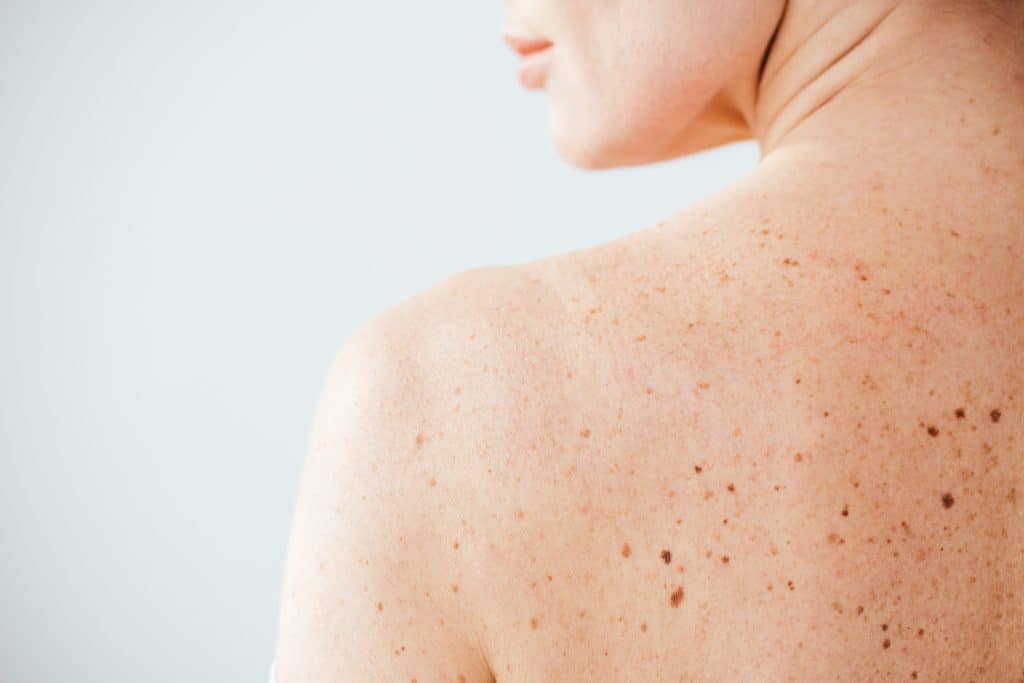
BY MIMI GREENWOOD KNIGHT
Nadia Popovici was a pre-med student and a hockey fan. Recently, those two areas of her life came together in an astonishing way. While Nadia was attending a hockey match between her beloved Vancouver Canucks and the Seattle Kraken, she noticed an irregular-looking mole on the back of the neck of the Canucks’ assistant equipment manager, Brian “Red” Hamilton. Nadia waved him over and held her cell phone to the plexiglass that separates the fans from the game with a message telling Red to have the mole examined by a dermatologist.
He did, only to discover it was a stage 2 malignant melanoma, a type of skin cancer. Caught in its earliest stages, the cancer had only penetrated the first layer of skin, and the doctor easily removed it, but he told Red if he’d seen him in four or five years, it might have been too late. Red took to social media to find and thank Nadia. When he did, the Vancouver Canucks and the Seattle Kraken chipped in on a $10,000 scholarship to go toward Nadia’s medical school training.
That story has a happy ending because Red followed through and had his mole assessed. How about you? Most of us have moles, but few of us have the trained eye to know whether they’re a potential problem or not. So, when is a mole just a mole? If you have several moles and they look pretty much the same, or you’ve had a mole since you were a kid, and it hasn’t changed, you probably have nothing to worry about.
Still, it’s a great idea to have an all-over check-up with a dermatologist once a year. A routine skin check takes only minutes. Between your yearly appointment, check yourself often for moles that may have changed in appearance, have just appeared, or don’t look like your other moles.
Melanoma Checklist
How will you know if a mole is concerning? Dermatologists indicate a mole may warrant concern if:
- It’s asymmetric or lopsided
- It has ragged borders
- It has more than one color
- Its diameter is greater than the size of a pencil eraser (1/4 inch)
- It’s evolving — changing in size, shape, or color
Check everywhere, including the bottoms of your feet, between your toes, the backs of your legs and arms, behind your ears, between your buttocks, and your back. When getting a haircut, ask your stylist to check your scalp. While most skin cancers occur in sun-exposed areas such as the face, back, arms, and legs, they can appear in other areas, too. Keep in mind they aren’t always bumpy but can be flat. So, don’t ignore funny-looking flat spots. If you have a mole that checks any of the above boxes, make an appointment with your dermatologist and have it checked out. As Nadia and Red can attest, skin cancer is highly treatable when caught in its early stages.








